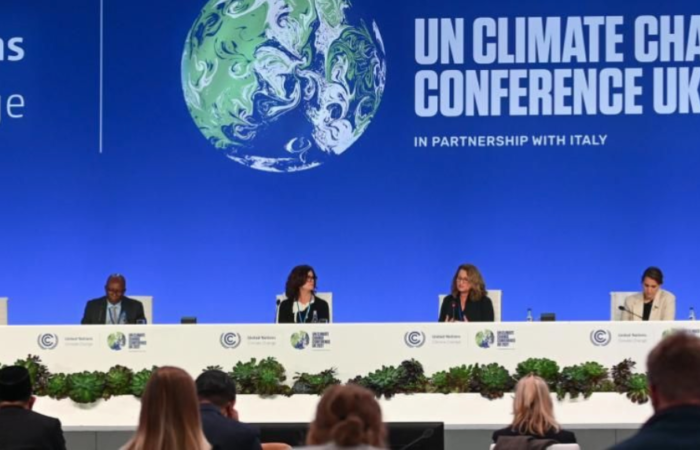
A review of countries’ most recent official agricultural greenhouse gas inventories shows large data gaps for developing countries and inconsistency in methodology amongst countries. Access the data on each countries’ agriculture and land-use emissions and removals below.
Countries party to the United Nations Framework Convention on Climate Change (UNFCCC) currently provide a national inventory of anthropogenic greenhouse gas (GHG) emissions and discuss mitigation actions in their national communications (NC) reports. However, official country data for agriculture has been lacking, predominantly from low- and middle-income countries (LMICs), making it difficult to compare countries and identify mitigation priorities.
The CGIAR Research Program on Climate Change, Agriculture and Food Security (CCAFS) Low Emissions Development (LED) Flagship reviewed and compiled official UNFCCC country reported GHG data and inventory methodology within the most recent NC reports with a focus on what they provide in terms of global GHG accounting:
1. Where are net agricultural emissions the greatest?
2. Where are agricultural emissions per capita the greatest?
3. What methodological assumptions underly inconsistencies in the reporting and their significance?
4. How do inventory results differ based on global warming potential (GWP) selection?
The database reflects national GHG inventory submissions based on data from 1994 through 2019 for 194 countries.
Read the full blog post here.
Written by Kyle Dittmer (CGIAR)
Photo by Neil Palmer (CCAFS)








